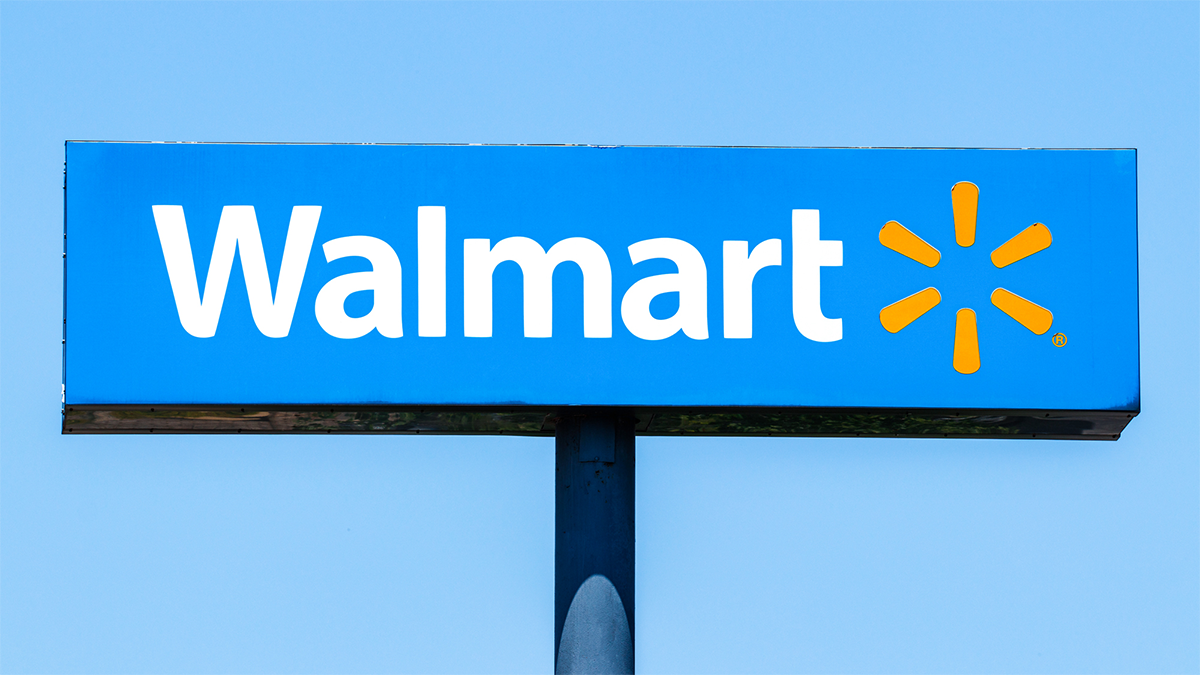02 May The Ins & Outs of Walmart.com Inventory Management

Jacob May, Strategic Walmart.com Account Manager, VENDO
Introduction
There are multiple different aspects to focus on in order to successfully launch and sell an item on Walmart.com. As a Walmart.com seller, it is important to focus on ratings and reviews, content scores, developing proper imagery, having best-in-class content, along with many other factors. However, you cannot successfully launch an item if there is no inventory to sell. Your product page will not appear on Walmart.com if you are out of stock, and all your hard work developing A+ content will be lost if there’s no inventory to sell. This is especially crucial for omni-items, AKA items that are sold in stores and on Walmart.com. In this article, we will give you the essential steps for properly managing your inventory for the lifetime of your store-shared item.
Steps for Managing Inventory for Store-Shared Items:
1. Receive Modular Commitments:
If your merchant selects an item to be sold in stores as a modular item, there is typically an expectation that your item is available for purchase on Walmart.com. Depending on the item and category, Walmart’s expectation is that your item is available for purchase 4 weeks prior to the modular launch. From an inventory perspective, you will need to have at least 8 weeks of forecasted sales ready to ship to meet your merchant’s expectations.
2. Understand Walmart.com Sales Channels and Align Your Business to Succeed:
1P sellers can ship inventory through two separate channels: as OWNED and/or DSV (Drop Ship Vendor). Owned inventory is product that Walmart.com will be ordering, typically in bulk, to own in their Fulfillment Centers. Most merchants also expect that an item is supported via DSV. It is important to note that DSV is still a 1P sales channel; however, the supplier is responsible for picking and packing the item for Walmart pickup. The primary reason for a supplier to have DSV inventory available is to be able to ship incremental sales that exceed initial forecasts. Drop ship inventory is also essential in helping Walmart save costs when a customer’s location is close to your DSV facility.
Typically, merchants expect 70%-80% of an item’s online unit volume to ship OWNED, and 20%-30% DSV. However, you will need to align with your specific merchant and Replenishment Manager to understand their specific expectation regarding Owned/DSV inventory.
3. Forecasting Your Inventory:
When forecasting your inventory, you should always account for both Owned and DSV channel sales. There are many suppliers who only forecast for the Owned channel, and never have DSV inventory available. This causes major issues because an item will be out of stock until product is readily available again in Walmart Fulfillment Centers. This will slow down any sales momentum you have built, and your item will not be available for customers to view and/or purchase online. It is also important to note if your item is set up as “replenishable” in Walmart’s system. This is important because Walmart’s system will automatically order replenishable items into their fulfillment centers based off the forecasts they have in their system. It is crucial to work with your Walmart Merchants and RMs to understand annual forecasts so that you can ship all replenishment orders that you receive.
Conclusion
If you want to stand out to your merchant and successfully launch your item on Walmart.com, you will need to be laser-focused on inventory. It is obvious that you cannot sell what you do not have, but it is also a common mistake of Walmart sellers to overlook inventory planning for their dotcom items.











Alexis Park
Posted at 08:18h, 01 JulyNice post. I learn something totally new and challenging on websites
weight loss surgery cost savannah ga
Posted at 01:54h, 03 JulyGreat information shared.. really enjoyed reading this post thank you author for sharing this post .. appreciated
reverse diet plan for weight loss
Posted at 09:21h, 07 JulyNice post. I learn something totally new and challenging on websites
can i eat coconut on keto
Posted at 12:00h, 08 JulyI appreciate you sharing this blog post. Thanks Again. Cool.
Jess Lambert
Posted at 14:52h, 26 OctoberThank you! Glad you enjoyed!!